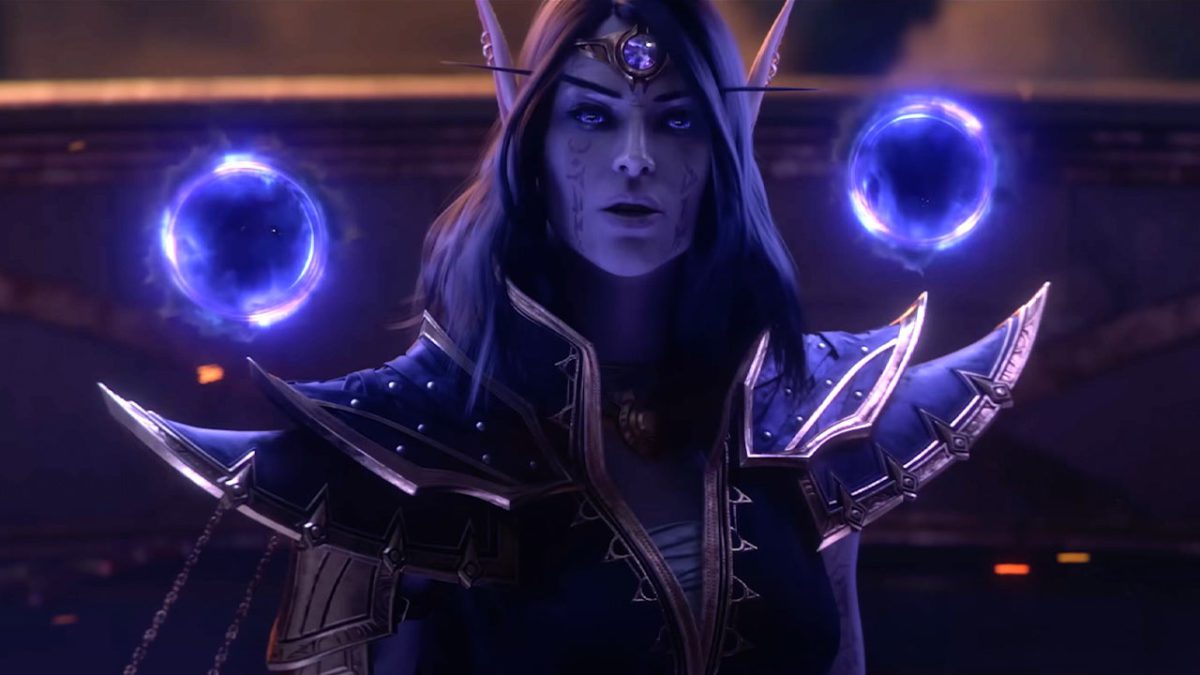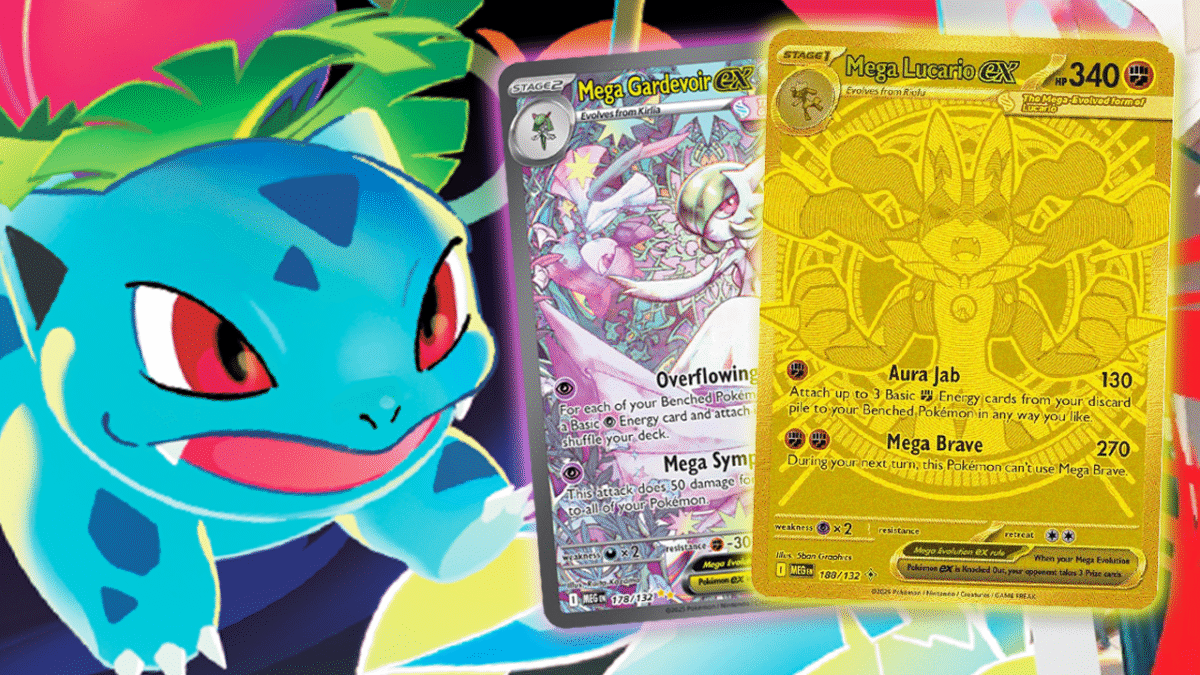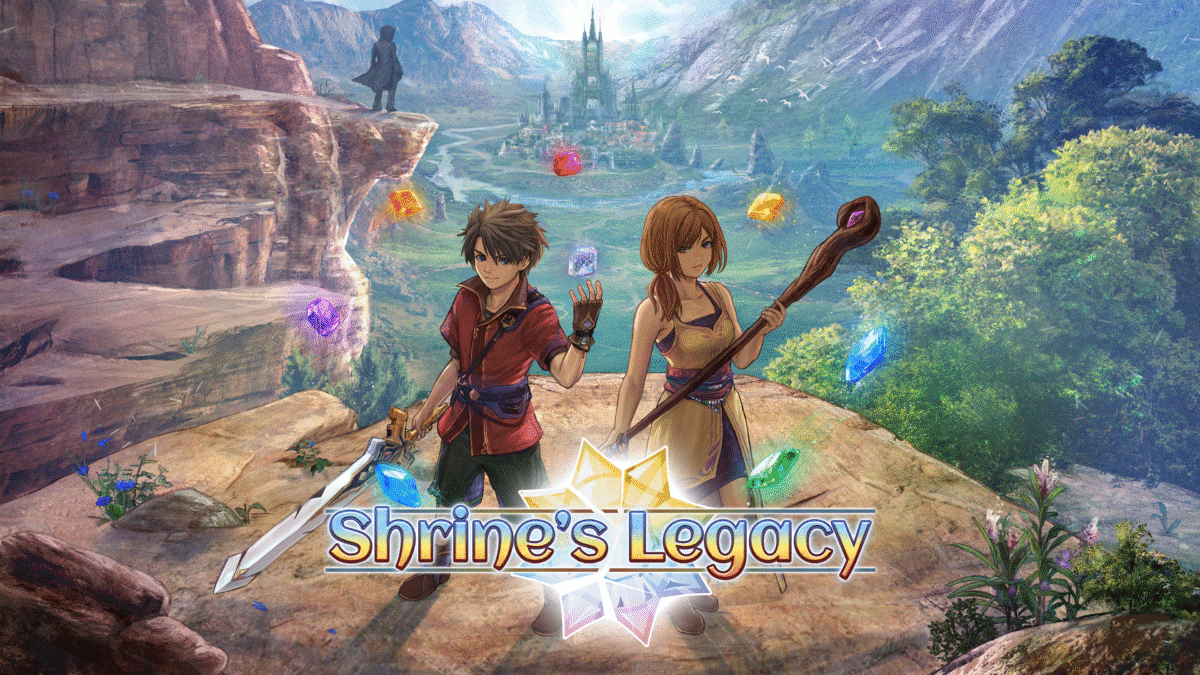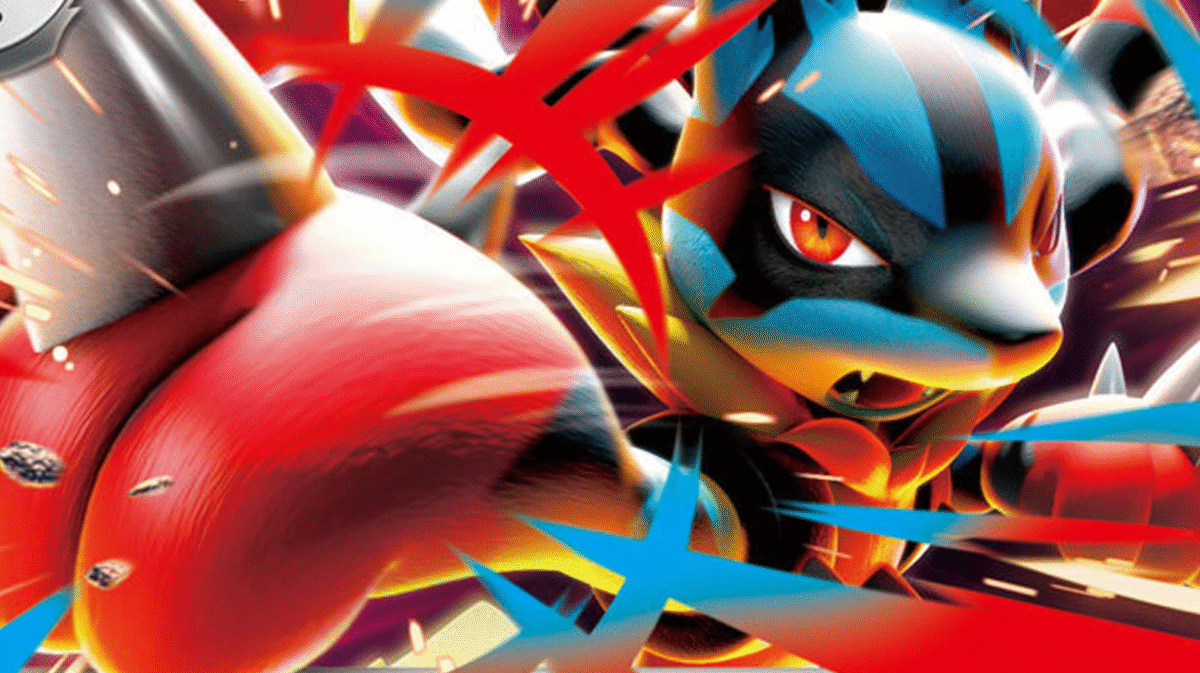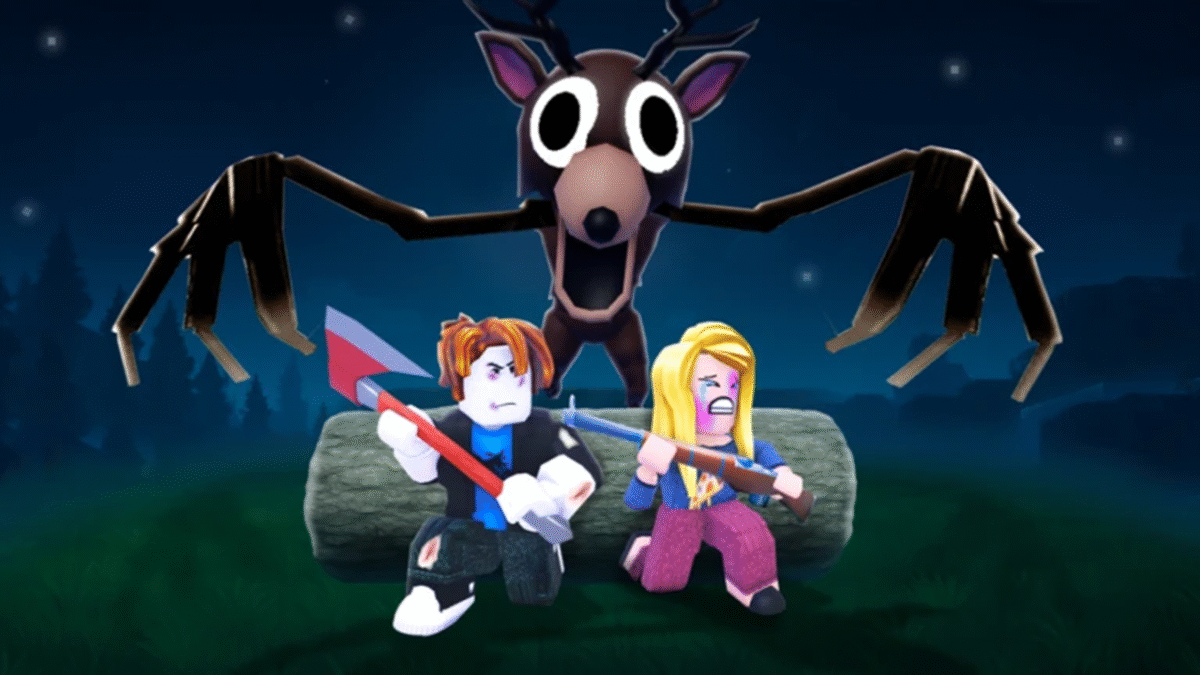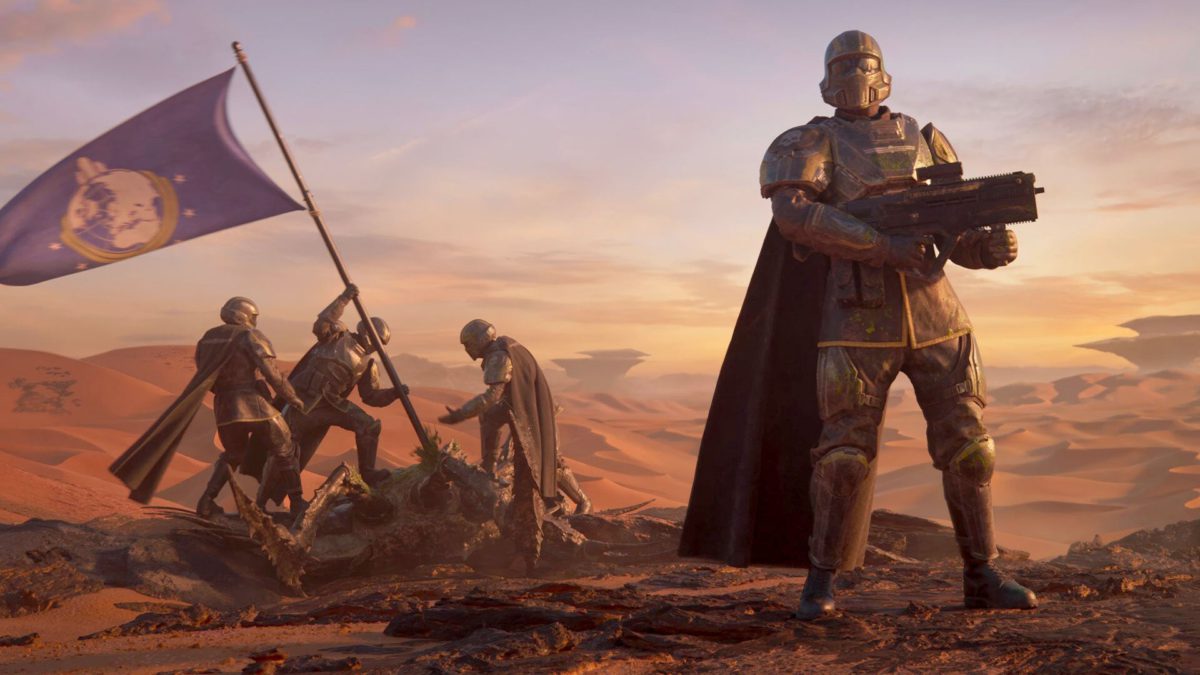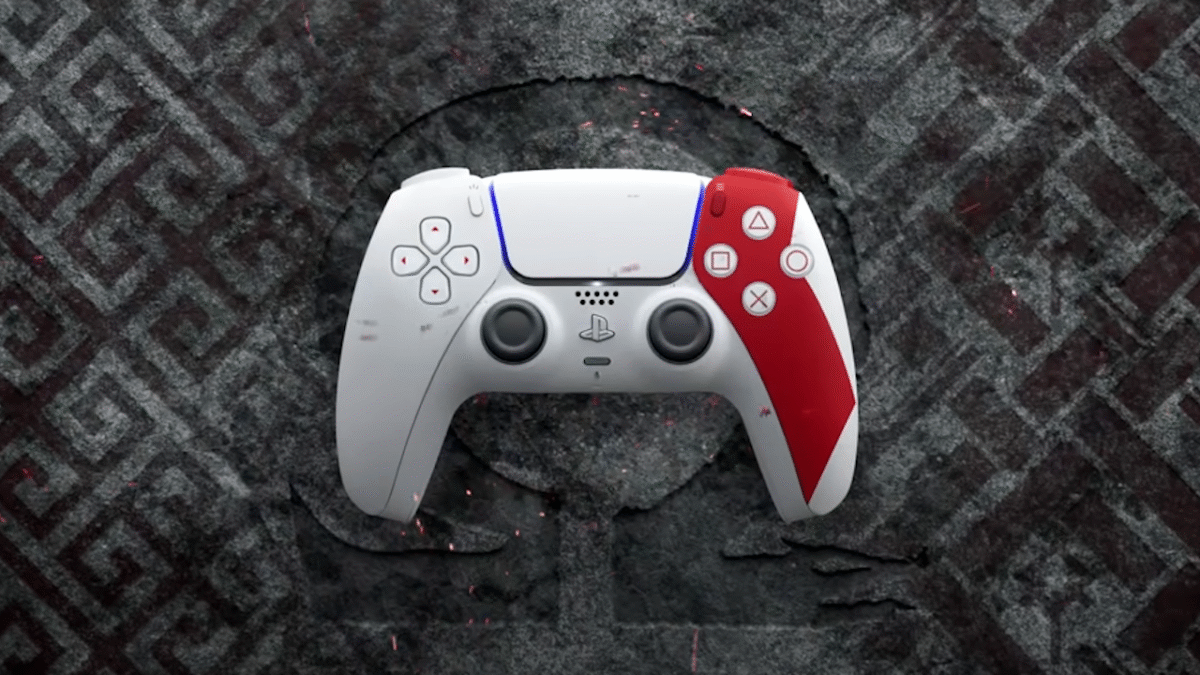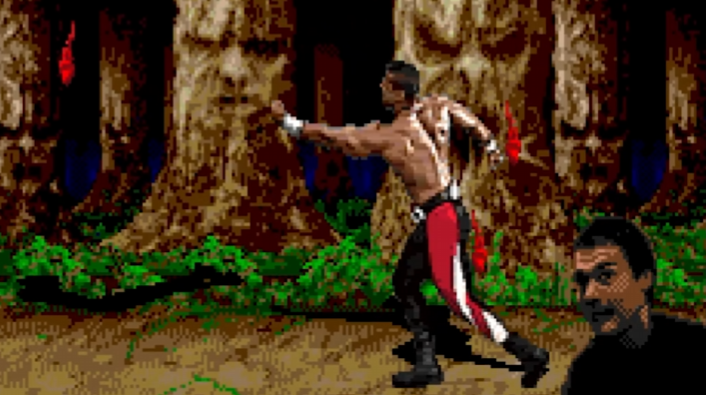
With World of Warcraft: Midnight, Blizzard is getting ready to make good on a major change to the game teased earlier this year: making some of the numerous mods, or add-ons, players love to use to enhance their play obsolete. But Blizzard isn’t just adding features to make the game’s combat add-ons redundant — it’s also preparing to remove the functionality of those add-ons altogether, and players are none too happy.
The conversation around WoW’s add-on problem began back in April, when we spoke to game director Ion Hazzikostas about a new “one-button rotation” feature coming to the game that would allow players to automatically use the optimal next combat ability with the push of a single button. This, along with some other quality-of-life features at the time, were the first steps in what Hazzikostas described as an effort to “rein in” some of the functionality of add-ons around “real time in combat problem solving, specifically where like automating, coordination, communication, in ways that are always going to be better than anything the UI could natively provide you, as long as they remain possible.
What Hazzikostas means here is a long history in World of Warcraft of players using add-ons in combat for all sorts of things: tracking buffs, debuffs, ability procs, and cooldowns, keeping track of damage numbers, boss timers, warnings when bosses are about to do something, even hyper-customized add-ons that offer automatic, quick, plotted out solutions to raid positioning during challenging boss mechanics. Some of those add-ons are harmless by any definition – it’s hard to argue that there’s anything wrong with knowing how much damage everyone did in a given encounter, or having better visibility on when your abilities are off cooldown. But Hazzikostas and other WoW developers have been expressing more and more lately a desire to reduce the amount of work add-ons are doing to actually solve in-combat problems for players, such as positioning or reaction to a boss mechanics. They want to remove that, they say, and replace it with better combat design that doesn’t require such methods in the first place.
Which leads us to now. World of Warcraft’s next expansion, Midnight, is currently in an alpha with a number of media and creators getting the opportunity to test it out, including us. As a part of that, Blizzard has come right out and explained what’s happening to add-ons in Midnight: it’s disabling the ability to use any add-ons related to real-time combat data. That means extremely popular tools such as BigWigs and Deadly Boss Mods simply won’t work anymore starting in Midnight.
What’s more, a good chunk of the functionality of popular add-on WeakAuras is also disappearing. WeakAuras is one of World of Warcraft’s most popular add-ons, and is a powerful tool that lets players essentially display all sorts of custom graphics and information in their game based on a variety of factors. While it’s used for a ton of different things, many players use it for combat data, either for tracking their own abilities in some way or to help direct them in boss encounters. I personally use it as an elemental shaman to track which of my abilities are active or procced at a given time, and in the current raid, there are several encounters (Fractillus especially) that people have made custom WeakAura strings for that anyone can copy into their game and use to make the mechanics a bit easier.
With Midnight, all of that disappears. In an interview with Wowhead, Hazzikostas emphasized that the goal isn’t to “kill WeakAuras”. “That is not what we are doing,” he said. However, just today, the developers behind WeakAuras announced they would no longer be developing the add-on into the Midnight expansion:
The restrictions are so severe that core functionality, such as Conditions or Actions, or having multiple triggers in one aura or a cloning trigger, would become impossible. Producing a stripped-down version of WeakAuras without these features would require several months of refactoring. The result would be a barely recognizable version. Given that, we have made the difficult decision not to create a WeakAuras version for Midnight.
All this is leaving a number of players frustrated, nervous, and even angry. While Blizzard has said it’s going to be implementing its own in-house tools in Midnight to fill some of the gaps left by DBM and WeakAuras, most of those new features aren’t yet available for testing in Midnight. As such, there’s no way for anyone to tell if they’ll be an adequate substitute yet. Blizzard has also tried to reassure that it’s started Midnight with the most extreme version of cuts to combat data functionality with add-ons, and intends to pare back based on player feedback. That may be true, but at first blush, the changes are extreme. Many players are lamenting the loss of tools they’ve used to play WoW for years and gotten used to. Blizzard argues it’s “leveling the playing field” so players don’t need to spend hours configuring WeakAuras just to play the game competitively with others, but it’s difficult to swallow that pill without immediate evidence that the game will remain playable for all those people to begin with.
And sure, you could argue that players should be able to play World of Warcraft without them, but recall that add-ons have been a fact of life for WoW players for decades now. It’s almost assumed that everyone has and uses them, especially some of the most popular ones. It’s natural to be alarmed to think that suddenly a huge chunk of what makes your UI look the way you want it to, and your combat rotation understandable to you, might vanish overnight.
Speaking with Hazzikostas and UX designer Crash Reed, I asked the pair what was up with what felt like such a sudden blow: why drop this news without giving everyone time to mess around with the actual, in-house Blizzard updates first, so they could figure out what worked and what didn’t? Here’s Hazzikostas’ response:
I mean, I would argue that the next few months are that opportunity to mess around with all of these things. We are in week one of our alpha test, with several weeks of alpha to follow and then beta. This is a change that I think needs to happen with an expansion rollout. It’s not something we could ever do mid-expansion. I think it’s important that we are able to build an entire tier of dungeons and raids, all of that in this world. That we’re able to design our classes for this world rather than changing expectations out from under people while they’re in the, accustomed to doing existing content.
I think we’ve tried to be as transparent as possible about what some of the upcoming UI improvements were. We’ve had many of them rolled out during War Within to begin getting feedback that we could already incorporate as players are seeing in the Midnight alpha today. And we’re going to be paying very close attention in the weeks and months to come to make sure that we land this in a way that’s really satisfying to players.
We also have invited a bunch of our add-on authors to alpha alongside everyone else so that they can start giving us feedback on collateral damage that’s unintended, things that we can change in our implementation to make their lives easier, to make players’ lives easier, and just make sure that we’re getting all the feedback that we need ASAP.
Reed added:
Because to add to that, honestly, we want to keep this an open dialogue. This is something that we want to have players continue to keep giving that information. We’re already getting a flood of it now. I mean you’re seeing the changes we’re making to the cooldown manager based on that feedback. That was the whole reason to launch it early so that we could, this is what we think it should be. Obviously it didn’t have everything attached to it, but we had enough there just to get the dialogue going
We want to change the way that we’re engaging with this so that it’s very, very open and players are getting their hands on things very, very early so that we can react to that feedback and this gives us that time.
I followed up with the pair, asking what they had to say to players who weren’t in the alpha or beta and couldn’t see these updates in real-time, who were now afraid that the game was about to become unplayable for them for whatever reason. I described my own scenario: I play regularly, I raid, and I use WeakAuras to track cooldowns and abilities to improve my play, but don’t really want to use the “one-button rotation” or other easier methods because I still enjoy the challenge of mastering my rotation. I use DBM for audio cues to help me understand when I’m standing in fire on the ground, especially when that fire’s difficult to see. Sure, I can play the game without these things, but it’ll make a major aspect of it that I enjoy (raiding) much more difficult, maybe to the point where I don’t want to do it anymore.
Hazzikostas gave me a lengthy response, which I’m reprinting in full below:
Philosophically, and just to be clear, I know there are many, many players who share your exact perspective and use add-ons in the same way and have the same concerns. Ultimately, if you are standing in something that is lethal and is going to kill your character, and the only way that you are aware of that fact is because you have an air horn that’s playing from an add-on, we have dropped the ball as developers. And that should be on us to fix.
“Purple fire in a purple raid,” I interjected here, referencing the current raid, Manaforge Omega. It’s, uh, very purple.
Yeah, well, yes, and we should stop doing red on red and purple on purple, and that feedback has been very well noted. I mean we’ve also continued to make visual effects improvements as we rolled out during War Within, with much crisper edges on things like this isn’t just a UI effort, it’s not just an encounter design effort, it’s combat design. It’s our artists, it’s our sound team, it’s everyone.
To ultimately take away this crutch that we have been leaning on to some extent we’re players who haven’t been using these tools, have honestly been playing a game, a version of the game that was in some ways unfair. We want to level the playing field, and ensure that everyone has the information at their disposal as part of the base experience that they need to succeed. And from a philosophical perspective as we approach difficulty tuning, our goal is for difficulty to be the same as it used to be. If your guild is accustomed to taking, I don’t know, X weeks to get ahead of the curve, or to clear normal, or Mythic or whatever tier you’re doing, it should be roughly that same amount of time. You should spend the same number of hours or wipes to learn a boss.
Just, ideally the things that are being tested are going to be more a product of coordinating, collaborating with your teammates and understanding, solving the puzzle of the encounter in a way that is this unique MMO PVE gameplay, as opposed to forcing us to test Twitch reaction times because there are a few other things that we can do that add-ons won’t solve. Or forcing, or players, as many people grumble about spending a bunch of time configuring WeakAuras or figuring out who has theirs improperly set up so that the raid assignment thing works correctly.
That’s not what raiding should be about. Ideally it’s about the gameplay playing the mechanics, but at the end of the day, again, as I said, part of why we’re rolling this out with the new expansion, part of why we have our first raid encounter available for testing in the first week of alpha, is to make sure that we’re getting all the data we need to tune the experience appropriately.
If maybe people need a couple more seconds to react to something and get into position, or there shouldn’t be quite as many of this debuff or this mechanic going out at the same time for it to be reasonable from a cognitive load perspective for a group of humans who aren’t using assistance to help manage that load. But at the end of the day, our goal is just to create fun encounters that are challenging people the way they’re accustomed to being challenged that still feel really satisfying to overcome, and I think we’re confident that we have a path to get there.
Ultimately, it’s unclear how all this is going to shake out by the time Midnight actually, officially drops at some unknown date in early 2026. Maybe Blizzard’s tools will be so good and its encounter design will be so stellar we’ll never need anything else. Maybe they’ll totally drop the ball and a bunch of raiders will quit. Maybe they’ll back off, and WeakAuras won’t shut down after all. There are a lot of possibilities between here and now, but at this moment, the community of people who have been playing in this very specific way for decades now are pretty reasonably freaked out. It’s on Blizzard’s team, and its plans for Midnight, to cool those fears in the coming months.
For our impressions of all the bits of Midnight we’ve seen so far, sans add-ons, check out our preview of the new expansion.
Rebekah Valentine is a senior reporter for IGN. You can find her posting on BlueSky @duckvalentine.bsky.social. Got a story tip? Send it to rvalentine@ign.com.

